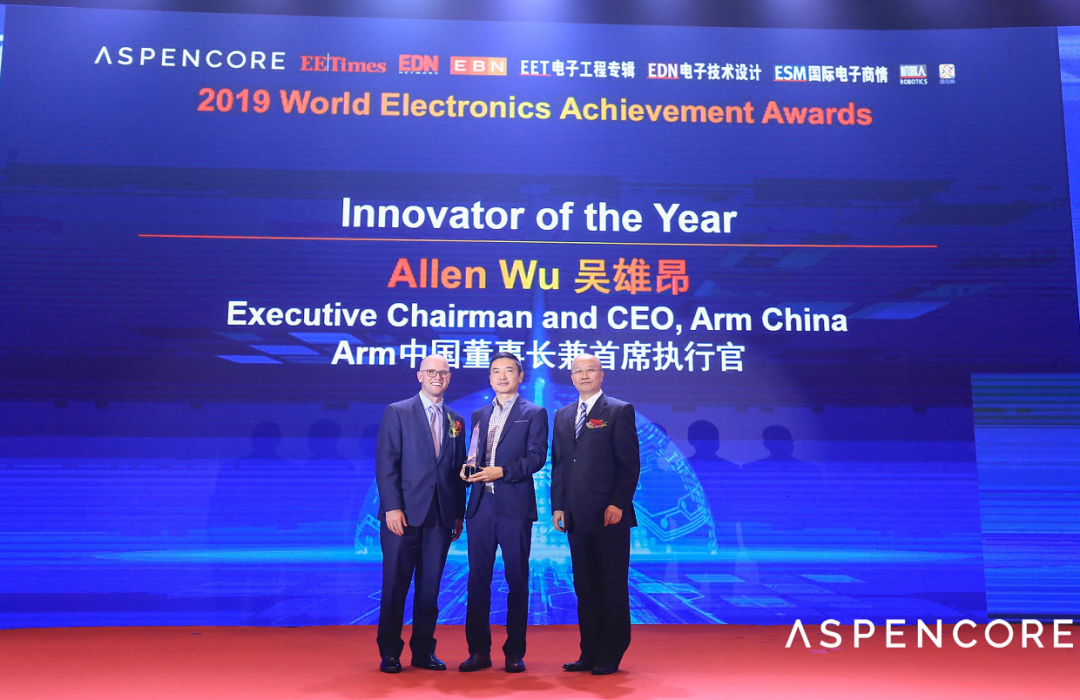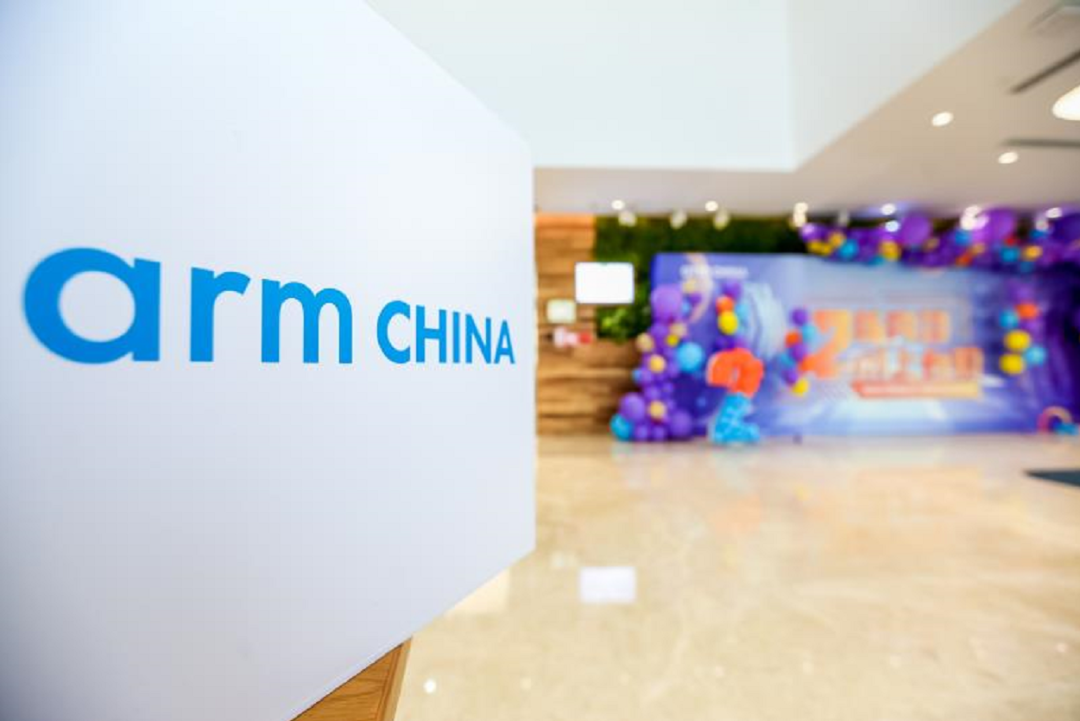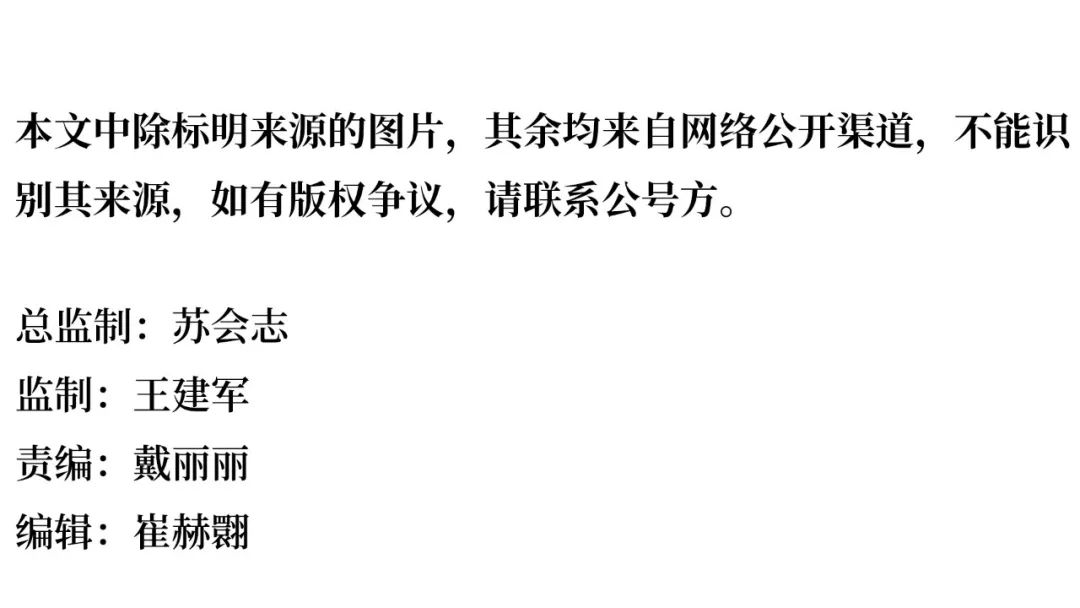

The semiconductor IP model possesses unique attributes that can leverage tens of times the chip products and hundreds to thousands of times the industrial ecosystem. Data shows that in the semiconductor industry, the global IP market size is approximately $5 billion annually, yet it supports a design industry worth $270 billion.
When developing a CPU IP today, significant revenue may only be realized six to eight years later. Meanwhile, the team must be fully committed to support until the eighth year, which exceeds what most traditional venture capital firms are willing to undertake. However, investing in the ecosystem around IP, once established, provides an unshakeable industrial advantage that can sustain rapid growth. By controlling the IP industry standards, one can gain industry influence.
What is an ecosystem? The greater the usage and frequency, the harder it is to replace; that is the essence of an ecosystem.
Many companies in Japan and Europe have adopted this model in various industries, creating a global ecosystem through shared technology platforms and technology sharing. By mastering core markets and standards, they gain influence and foster global cooperation.
“For example, Arm is a reference case; as a British company, its revenue in the UK is almost negligible. However, Arm has established itself as the standard for core CPU IP platforms, thus granting the UK a voice in the semiconductor industry.”
“By accumulating a larger platform, we can build a more complete IP and technology solution and global talent pool. Through IP benefit sharing, we can address common technological issues across multiple fields, thereby nurturing the next leading chip enterprise. Arm China’s current practice involves leveraging Arm’s mature ecosystem to drive technology forks based on market application; on the other hand, it heavily invests in local IP research and development, rapidly building the Chinese chip ecosystem based on Arm standards and self-developed IP products. Currently, all three of Arm China’s local products have been adopted and mass-produced by clients, and sales of Arm IP products have reached new highs, indicating that the new model has achieved initial success.”
On July 7, Xinhua News Agency’s Outlook Think Tank held a closed-door seminar on “Paths to Autonomous and Controllable Chips under New Circumstances,” inviting former Minister of Industry and Information Technology Li Yizhong, Director of Tsinghua University’s Microelectronics Research Institute Wei Shaojun, Arm China’s Executive Chairman Wu Xiongang, and other representatives from government departments, experts, scholars, and industry representatives to discuss and analyze feasible paths for autonomy and control in the current situation, providing suggestions for accelerating the construction of a secure and controllable information technology system. During the meeting, Wu Xiongang delivered a speech.
Wu Xiongang believes that Arm, through a 51:49 joint venture with Chinese control, combines international technology with local chip and software ecosystems, enabling a large number of Chinese semiconductor companies to fill gaps through this technology transfer model, allowing core technology platforms to catch up with international peers. This 51% Chinese-controlled structure is Arm’s only joint venture globally with Chinese control, possessing unique rights for parallel development of technology, which is controllable and globally compatible, creating a win-win situation through market and ecosystem.
In the current international competitive landscape, the chip industry supply chain will experience bifurcation. While all parties can maintain consistency in the underlying, core, and architectural aspects, the product supply chain will develop in parallel. China can achieve complete autonomy and control by utilizing the openings created by parallel bifurcation.
With a strong international perspective and a career spanning both East and West, Wu Xiongang, a well-known industry expert, has his own thoughts and insights on the development of China’s semiconductor industry.
Following his speech, Uncle Ku interviewed Wu Xiongang, asking him to address eight key questions regarding the development of China’s semiconductor industry.
Below are his responses.
1
Comparative Disadvantagesand Advantages of China’s Semiconductor Industry
China’s semiconductor industry has some leading advantages in application market-driven design fields, such as 5G, but has many shortcomings in other areas.
There is a significant gap in upstream equipment and materials, making it difficult to fill these gaps.
In the midstream design sector, through Arm and TSMC, application-driven design can partially catch up or even lead in areas like mobile phones, consumer electronics, 5G, and servers.
However, the shortcomings in manufacturing are also quite evident, lagging behind developed countries like the United States by two to three generations.
In summary, China’s comparative disadvantage lies in its overall capabilities still being in the developmental stage; the technology-intensive, capital-intensive, and industrial cluster characteristics of the semiconductor industry require a process for overall capability enhancement.

Technological breakthroughs will rely on international cooperation and talent breakthroughs for a considerable time, and the development of industrial clusters will depend on leading enterprises, especially those that drive ecosystem platformization.
2
Today’s China Market Highly Dependent on
Active Small and Medium-Sized Design Enterprises
The foundry model has resulted in a diverse landscape in the Chinese market, with comprehensive domestic replacements underway:
Fully developed Huawei HiSilicon; baseband chip companies like Spreadtrum and Aowei; computer CPU companies like Zhaoxin and Longxin; analog chip design companies like Silex; RF chip design companies like Zhaoxin Micro and Weijie Chuangxin; memory chip design companies like Gigadevice and Beijing Junzheng (ISSI); fingerprint chip companies like Goodix; CMOS design companies like Weir Shares (OmniVision); memory interface chip companies like Lanqi Technology; consumer electronics SoC companies like Allwinner Technology and Rockchip; printer chip companies like Nandstar; MCU companies like Zhongying Electronics; FPGA companies like Unisoc, etc.; power chip design companies like New Clean Energy and Star Semiconductor.
3
Current Global Semiconductor
Upstream, Midstream, and Downstream Competition
The current global semiconductor market presents a unique form of “one superpower, multiple strong players, and widespread blooming”:
The superpower, the United States, possesses comprehensive leading advantages; multiple strong enterprises from over a dozen countries provide China with the potential for technological combinations; and the blooming application market has countless small and medium-sized enterprises striving, offering China numerous opportunities for cooperation, investment, and mergers.
What China lacks is a world-class brand enterprise with industry appeal and resource integration capabilities.
International mergers and acquisitions of technological assets or joint ventures are essential; international large semiconductor companies achieve ecosystem monetization by establishing IP technology platforms, utilizing Arm + general IP + self-developed IP, and then efficiently creating various products based on the platform through their respective divisions. China’s super IP plan will adopt the same concept, accelerating industrial development through IP integration to build platforms.

4
China’s Window of Opportunity and Response
Currently, China is in a very special period of severe suppression by the U.S. government and unprecedented market opportunities, with U.S. companies also seeking ways to cooperate with China. China needs to find ways to break through weak links and identify areas where the U.S. government has relatively loose controls.
China’s advantages lie in its large application market and engineering talent, but it has poor technological accumulation and insufficient high-end talent reserves, which will require 5-10 years and two to three generations of product process evolution to truly accumulate. The only solution is through an IP technology sharing platform.
If a company can emerge in the future that rivals Arm, China’s semiconductor industry’s penetration capability will significantly improve. The next year or two is the best time for us to build an IP technology sharing platform, marking a strategic window for China.
5
How the UK Leveraged Arm
to Achieve and Strengthen Its Semiconductor Industry Influence
Despite having world-renowned universities like Cambridge and Oxford, the development of the technology industry in the UK has never formed a strong agglomeration effect like Silicon Valley, nor has it truly established a system of industry-academia research.
Arm has become the core computing CPU standard for major companies like Apple, Samsung, and Huawei, effectively forming a core R&D sharing alliance. This gives it a natural advantage in the evolution of next-generation computing technologies. Moreover, Arm does not produce products but takes less than 10% of the revenue from the product value chain, forming alliances with the world and leveraging the advantages of software developers to establish influence. The UK itself has almost no large-scale semiconductor product companies, but through IP, it has achieved significant influence, and today the UK holds considerable market influence in the semiconductor industry.
6
Arm’s Past Success, Current Stagnation,
and the Inspiration of Arm China’s Rise for China
Arm’s core value lies in its globally recognized open CPU architecture standard, which empowers major technology manufacturers to independently develop and own final products through IP licensing and technology transfer of core modules. This is especially important in today’s U.S.-China relations—under the bifurcation of the industrial chain, core technologies can be shared through licensing, while final products and supply chains can diversify and develop independently, leveraging their respective advantages in the industrial chain.
The Chinese chip industry generally has weak core technology reserves and insufficient talent reserves, and Arm’s technology transfer model can fill this gap, quickly helping local chip companies reach the advanced level of international peers.
The core of Arm’s success is its dominance in the globally leading mobile intelligent ecosystem, entering a virtuous cycle of software and hardware ecosystems. The growth of its next-generation products hinges on penetrating the 5G network and server markets, capturing the ecological opportunities in these markets. Currently, the largest market capacity and growth potential for these technologies lie in China.
7
China’s Opportunity to Develop the “Arm Latecomer Model” Has Arrived
Arm China insists on building a local ecosystem, with clients already platformized and rapid localization of product services, incubating hundreds of new startups, supporting clients to continuously enter various niche markets, fully leveraging application-driven roles.
Industry history: Over the past 20 years, Qualcomm, Apple, Samsung, MediaTek, Huawei, and other super companies have emerged on the Arm platform (which grants exclusive, permanent IP licenses to Arm China), rapidly entering explosive markets while accumulating a significant amount of other IP and talent.
Currently, the domestic application market in China is booming, but individual companies lack the strength to achieve this accumulation.
Arm China represents a new model attempt in the post-Arm era—surpassing the Arm model by accumulating a more complete IP and technology solution and global talent pool through a larger platform, addressing common technological issues across multiple fields through IP benefit sharing, thereby nurturing the next Qualcomm or Apple.
Based on Arm’s mature ecosystem, it promotes parallel development of technology forks;
heavily investing in local IP research and development, rapidly building the local chip ecosystem through investments and incubation.
8
Strategic Choices of the “Very C Plan”
The “Application Market-Driven A Plan” is being adopted by most countries, and China is effectively implementing it as well.
The “Overall Impact B Plan” has been widely discussed recently, with many wondering if national advantages can be leveraged in this area. This is not a question that can be easily answered; if China already has several super platform companies, the simultaneous application of market strategies and government support may yield unique effects.
The “Special A + Opportunistic B Very C Plan” is currently the most operational and strategic plan likely to achieve breakthroughs in China.
Arm’s practice provides insights for the “Very C Plan”:
First, attract global talent and technology to take root domestically through the application market, similar to Arm’s development process:
In the first stage, directly relying on foreign ecological technology (2007-2012), products were usable but lacked innovation, while local ecosystems began to be cultivated;
In the second stage (2013-2017), innovation began, with Huawei utilizing Arm technology to create the next generation of 4G, 5G, and network server chips, catching up with international leaders while improving on specific technological shortcomings, surpassing foreign peers. In terms of ecosystems, both foreign and domestic have their strengths;
In the third stage, based on technology, self-ecological processes began to be established, with some companies surpassing foreign peers in technology, such as Huawei’s 5G and server chips; at the same time, significant investments in software ecosystems continued to strengthen. This stage will take 5-10 years. Once the comprehensive absorption of technology and ecosystem and market application digestion is completed, the core technology of semiconductors will be fundamentally realized.
The “Very C Plan” features breakthroughs in the midstream, constructing a developed enterprise ecosystem through super project mechanisms, allowing a relevant enterprise to be selected, whether a state-owned enterprise or another type, as designated by the government. This enterprise will lead the establishment of a national laboratory, which in turn will enhance talent acquisition and strengthen core technological capabilities, forming an interactive development model between the company and the national laboratory.
From a model perspective: the national laboratory encompasses subjects, attributes, investment, leading figures, scientific personnel, and management; types include independent, university-linked, company-linked, and multi-local. IP national laboratories can be established based on industry characteristics.
Key Link: Effectively utilize the coordination mechanism of enterprises, technology, and finance.
This interactive development model’s most significant feature is the large number of cooperating enterprises and the vast scale of personnel, allowing for extensive reach, and its interaction with national laboratories can activate the entire semiconductor upstream, midstream, and downstream.
The core of the “Super C Plan” is four aspects of linkage: maintaining technical cooperation through Arm’s core IP + ecosystem model while driving overall growth; creating an independent system through the “China Ecological Platform” that links with “China Arm.”
The long-term goal of the “Super C Plan” is to build a carrier based on core IP technology.
